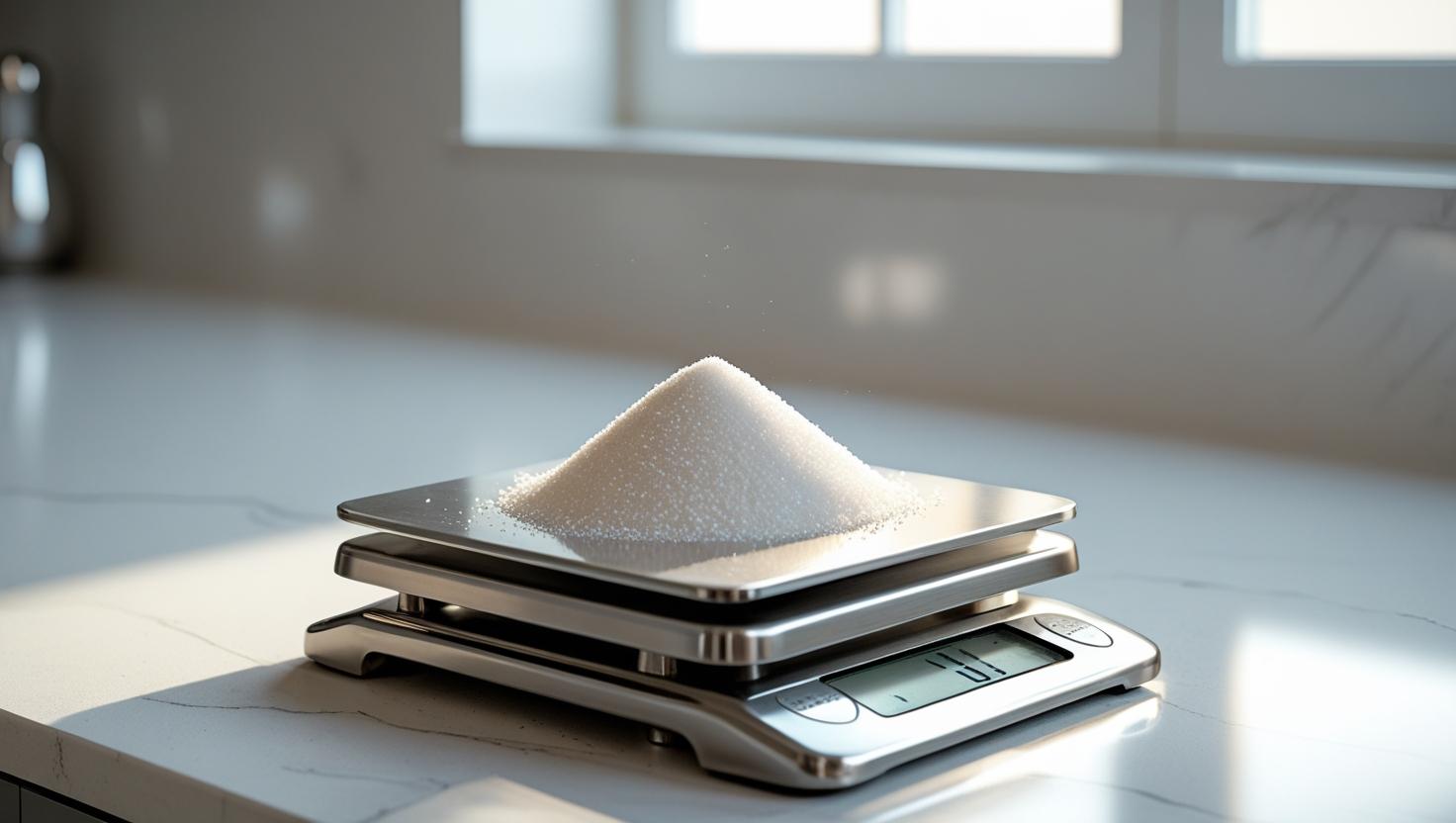
What would it take to improve public health through reduced consumption of sugary drinks and foods in Australia?
paul supports the introduction of “sugar tax” as a public health intervention in Australia.
Based on evidence from the countries and cities that have introduced a sugar tax, the strategy makes products more expensive, discourages consumption, pushes producers to redesign products with lower sugar content, and raises revenue for health promotion, like nutrition education programs, or offsets health care costs.
Independent evaluations show the following results:
1. Reduces consumption:
-
For example, Mexico’s 10% sugar tax cut sugary drink sales by 6–12% in the first year, higher in low-income households.
-
The United Kingdom’s Soft Drinks Industry Levy led to reformulation — many manufacturers cut sugar levels to avoid the tax.
-
In Philadelphia, sugary drink sales dropped 38% in taxed areas.
2. Improves diet:
-
People switch to water or diet drinks.
-
Some studies show increased sales of milk and other healthier drinks.
3. Reduces obesity & diabetes risk (long-term):
-
Modelling shows a well-designed tax could reduce population obesity by 1–2% over time.
-
Fewer diabetes cases, fewer cavities, and lower healthcare costs.
4. Raises revenue:
-
Money can fund school meal programs, water fountains, or obesity prevention.
-
UK revenue partly funds healthy school breakfast programs.
paul is also aware that ‘flat taxes’ are regressive, with low income households paying a higher percentage of their income in tax. Therefore, use of the additional revenue for healthy food subsidies, including water (as a substitute for high sugar drinks), is an important consideration. Furthermore, if the tax is too low the additional cost is insufficient to shift consumption habits. A well designed tax reduces consumption, and drives producers to reformulate to avoid paying the tax (or passing onto the consumer).





